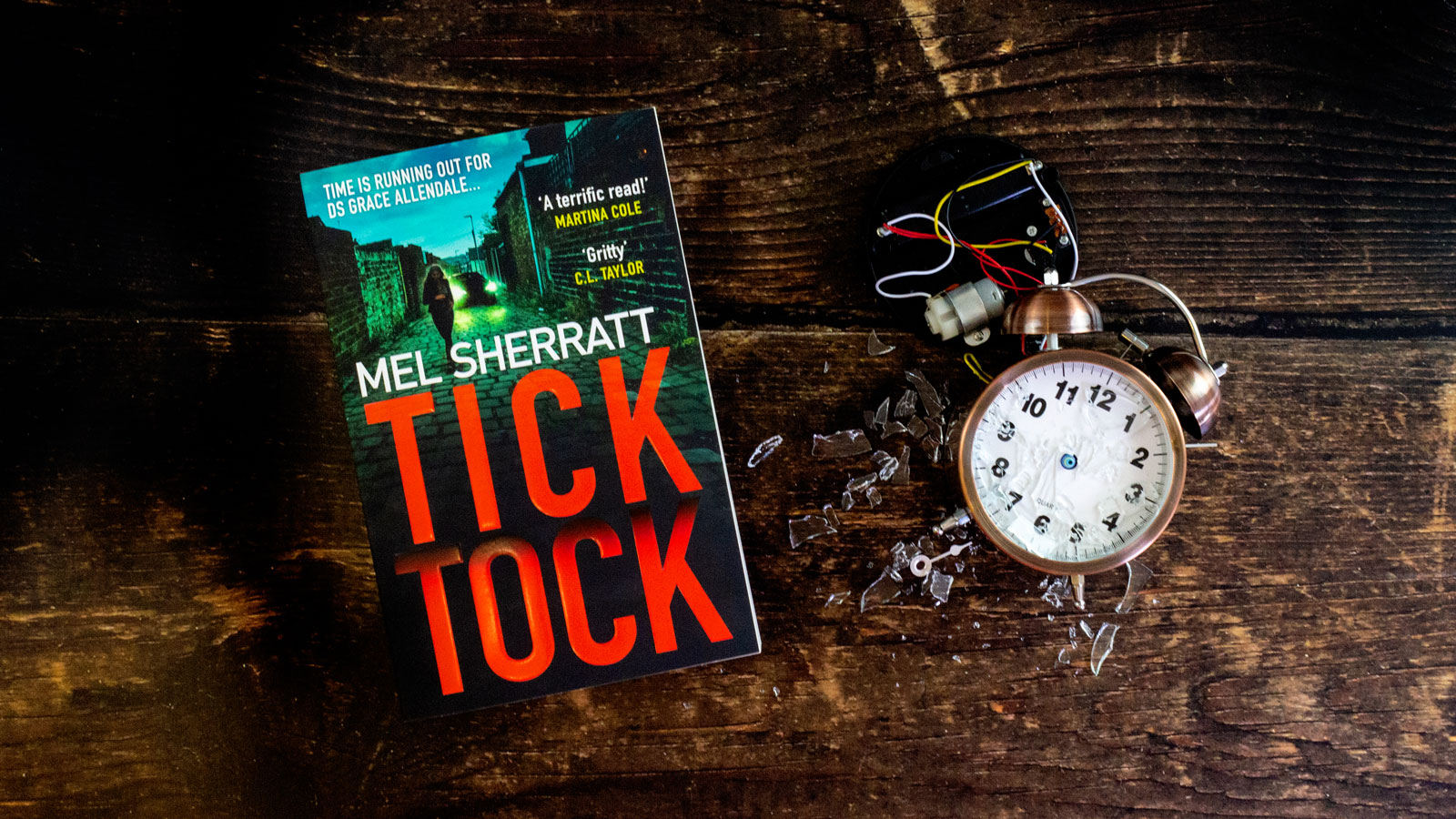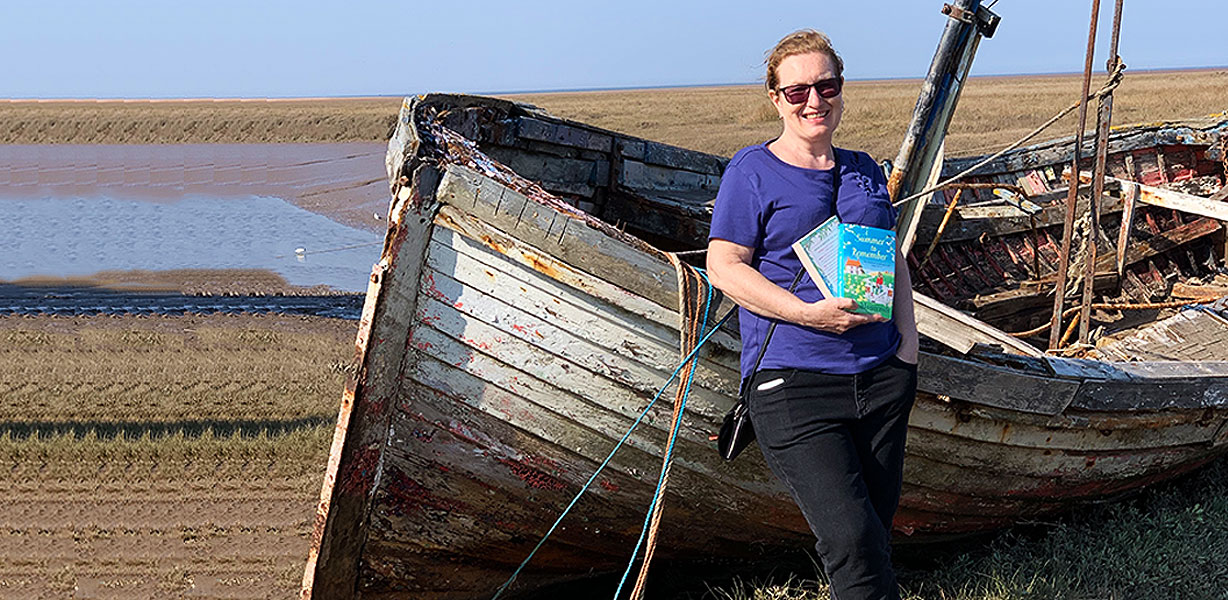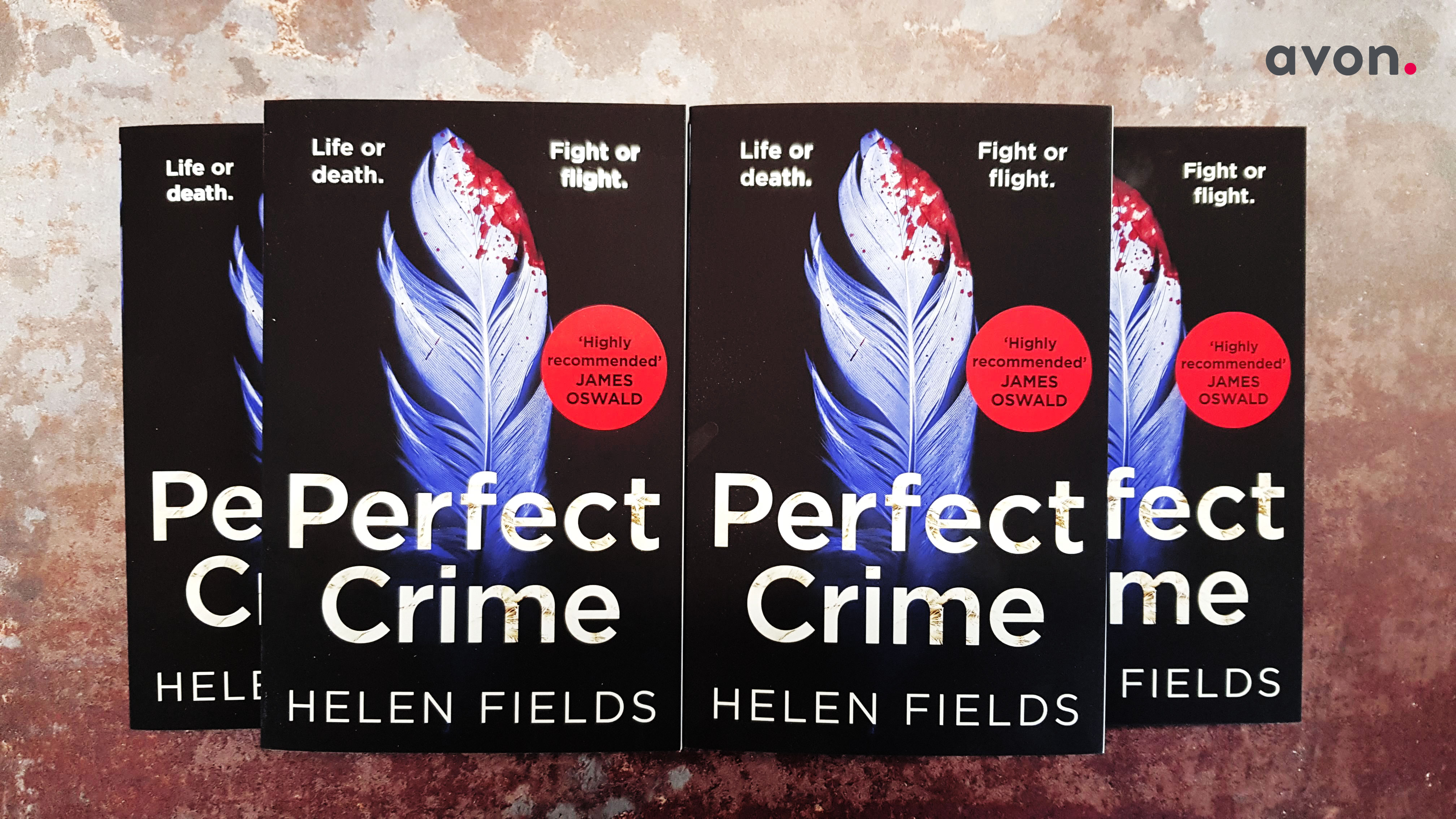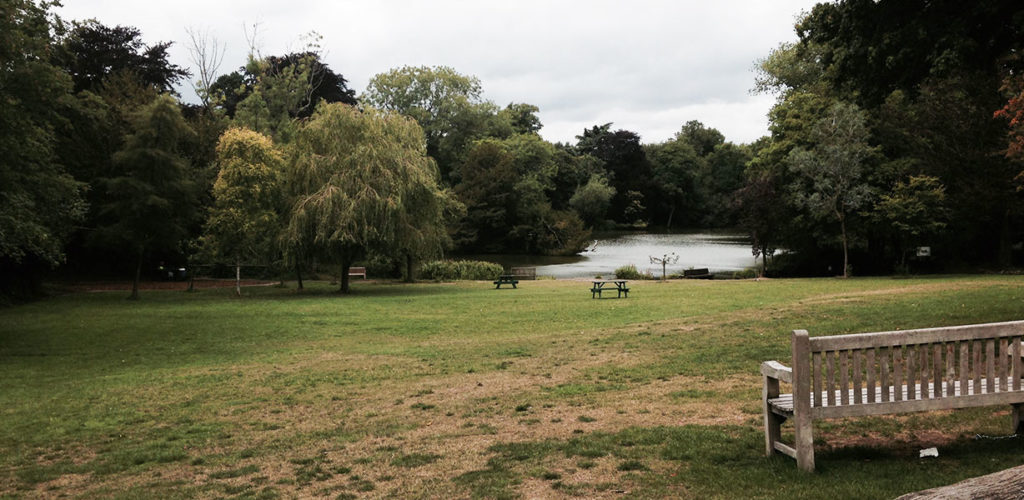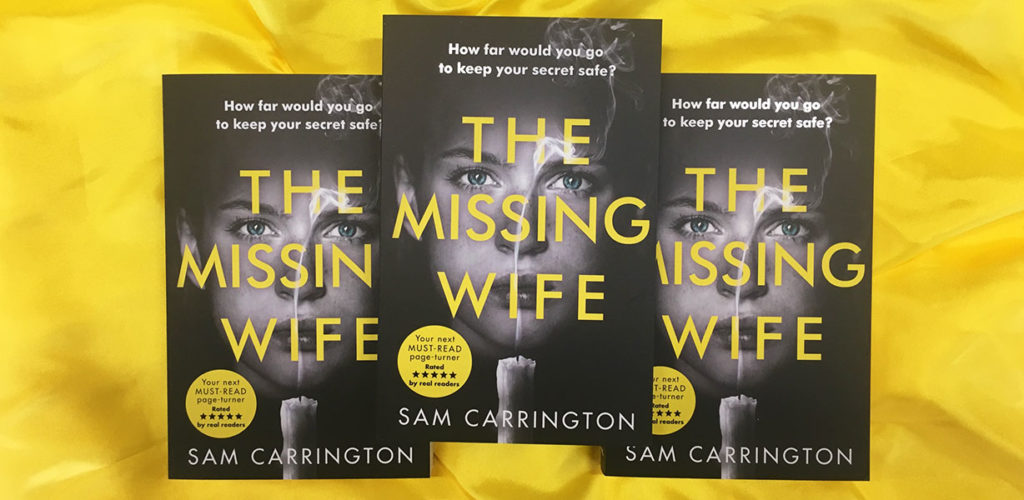When Avon suggested I write a series of novels set in Liverpool in a Dr Barnardo’s orphanage in the Second World War I was filled with trepidation. The last bit was fine – I’ve always been very interested in that period, and had done loads of research for one of my previous novels. No, it was the Liverpool and orphanage elements that set my stomach aflutter. After making a large pot of coffee I drew a deep breath and jotted down a list of the main areas of research I would need to do to pull this off.
- Go to L’pool asap
- Examine archives in Barnardo’s
- Interview a Barnardo’s boy if poss
- London – places my heroine visits
Liverpool
I didn’t have time to visit Liverpool until I’d finished the first novel. I bought a large second-hand book showing black and white photographs of Liverpool as it was before and during the war, and been able to use Google maps to get an idea of the layout of the main buildings and streets, but of course it’s never the same as being there. But when I eventually arrived it was a shock – so different from how I imagined it.
I knew the docklands had been targeted to stop the Merchant Navy from sailing to America and Canada to bring back vital supplies and food. But I didn’t know Liverpool was the most bombed city after London, and that it had its own blitz in May 1941, razing whole streets and iconic buildings to the ground. Now it’s a modern city, but I needed to find anything that was left of the old parts. Imagine how delighted I was to come across some wonderful Greek Revival public buildings which my heroines would have seen.
I wandered down to the Albert Docks and caught my breath when I gazed across the Mersey. It was so much bigger than I’d pictured. I had to make sure in the second novel when Maxine, my new heroine, goes down to the docks, that I capture that vast river.
Dr Barnardo
All I knew about Dr Barnardo himself was that he was a ‘good’ Victorian who founded the charity and took boys off the streets to give them a roof and food. I was surprised when I later discovered that after Dr Barnardo married Sara Louise Elmslie, the couple were allowed to take in girls as well, and apparently Mrs Barnardo worked just as tirelessly as her husband.
When I rang their London office to make an appointment, I explained I was writing a novel set in a Dr Barnardo’s orphanage and would love to see the archives. The lady I spoke to was intrigued. On the day I was delighted when they showed me into a small office where they’d piled Barnardo’s year books kept during the war, their own magazines and a stack of photographs on a table and invited me to look through everything. They even gave me a pad and pen to take notes. In the meantime they brought me cups of teas and biscuits, and when I left they handed me a large envelope to take away and keep. Amongst the various papers were descriptions of grand houses which had been converted into orphanages, details of staff and their work schedules and wages, various dishes the cooks would make, and photographs of children of all ages playing games. It’s proved invaluable for my novels, and the staff at Barnardo’s continue to take an interest in the series.
A Barnardo’s boy
But nothing could take the place of speaking to a real Barnardo’s boy who spent the war years in one of the homes. But how to track him down, especially as people’s privacy is well protected these days? And if I did, would he be willing to talk about it?
Less than a week later I was watching ‘Long Lost Family’ on the television and one of the participants, looking for his brother, said he was a Barnardo’s boy. I had to try to find him! I wrote to the programme but no reply. Next I rang ITV and spoke to a very helpful woman who said she would do her best to put me in touch. One evening when I’d just come back from London my husband said, ‘That chap from the TV phoned you. He’s left his number.’ The next day I called him. What a gentleman. We chatted for half an hour. He gave me all kinds of details you’d never read in an official book about the other children, the staff – especially the nurses, the food they ate, the games they played, the outings, and so on. He said the staff were very kind but they never hugged and kissed the children, which was terribly sad, I thought, but not surprising. That way, I suppose, there would have been no favouritism.
London
By this time I’d started the second novel in the series where Maxine begins life as a nurse at St Thomas’s Hospital. I needed to go there to absorb the atmosphere. It’s obviously altered hugely from wartime; the hospital was badly damaged in several bombing raids. I walked all over that enormous building, talking to staff who suggested a book on its history, which included Florence Nightingale who set up the Training School for Nurses and gave her name to the coveted Nightingale Badge.
During the Blitz the whole hospital had to move to the basement – wards, operating theatres, staff accommodation, kitchens – everything. The blackout was still enforced, so one of the staff at the time had the bright idea to draw animals in white paint at one of the corridor junctions to stop scurrying nurses from smashing into the facing wall. I was thrilled when a friendly porter led me downstairs to show me these famous White Rabbits. They are not all rabbits, but do go and see for yourself. It’s fascinating.
Whenever I need historical or official information, I make sure the person in charge knows I’m a writer. They’re often impressed and open doors to me, not usually open to the public. It’s so exciting and almost worth the sweat and tears of writing the novel!



